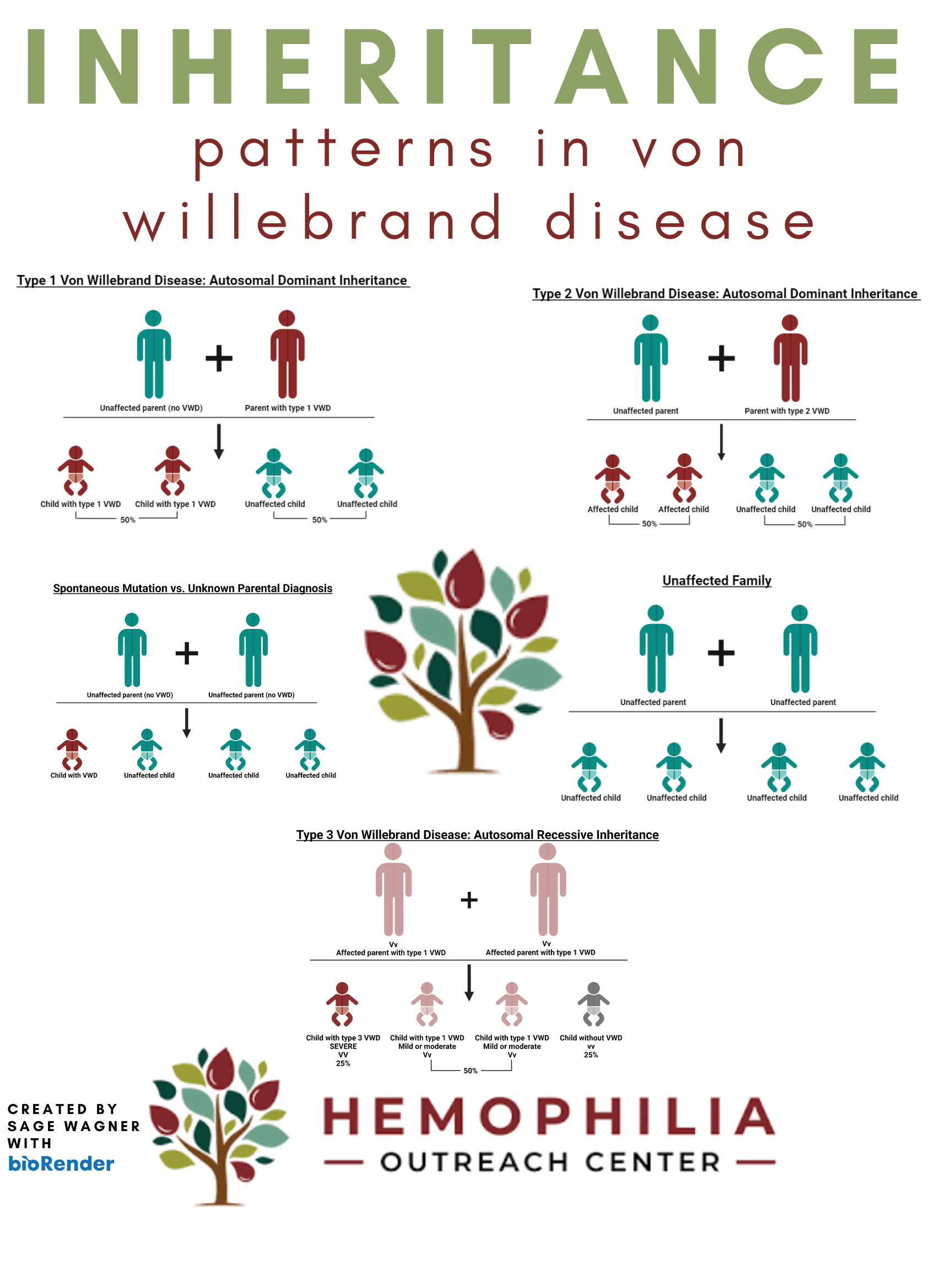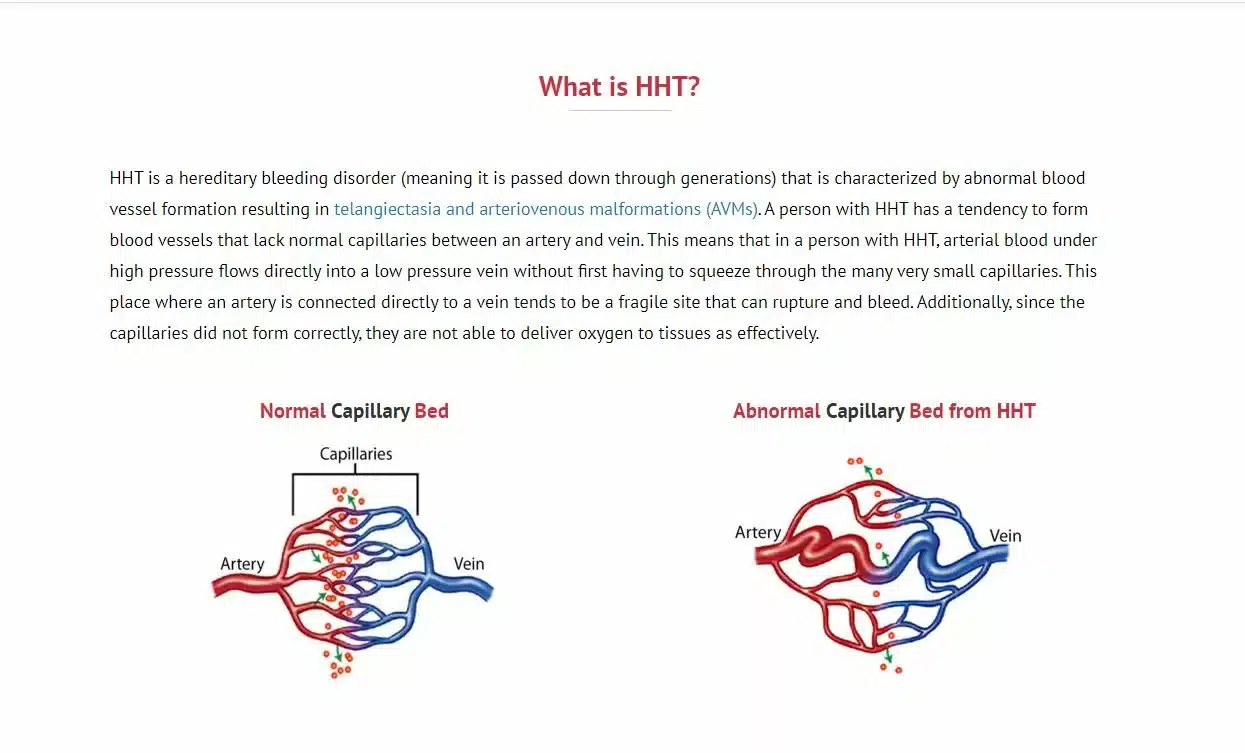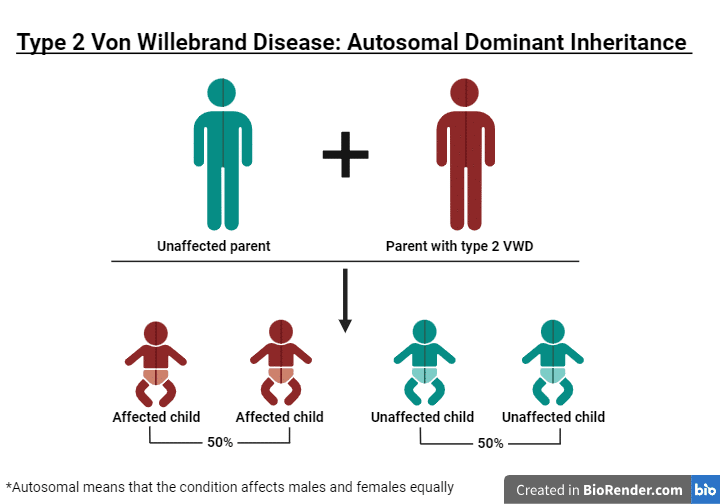Peb kho li cas
Peb yog Honored pab tag nrho cov neeg uas muaj ib tug los ntshav Disorder
Comprehensive care rau los ntshav Disorders
Hemophilia A
Hemophilia B
Carrier of Hemophilia
Von Willebrand tus kab mob
Platelet Deficiencies
Hereditary Hemorrhagic Telangiectasia
Glanzmann tus Thrombasthenia
Lwm yam tsis tshua los ntshav Disorders
Hemophilia A & B
Hemophilia yog dab tsi?
YAM
Muaj ob hom hemophilia: Hemophilia A yog ib deficiency ntawm lub clotting Factor 8 thiab Hemophilia B uas yog ib tug deficiency hauv clotting Factor 9.
HOM KAB MOB SIAB TSHAJ PLAWS
Hemophilia raug rau kwv yees li ntawm 20,000 tus neeg nyob hauv teb chaws As Mes Lis Kas.
UA KOM MUAJ KEV UA KOM MUAJ KEV
No genetic disorder yog characterized los ntawm ib tug uas ploj lawm los yog deficient clotting protein ntau nyob rau hauv lub plasma, yuav ua rau ncua clotting (prolonged los ntshav). Hemophilia tshwm sim yuav luag exclusively nyob rau hauv cov txiv neej. Txiv neej ces kis tau lub noob defective rau lawv tus ntxhais uas ces yuav muaj tus kab mob hemophilia. Thaum muaj ib tug incidence ntawm mutation, tus genetic defect yog nyob rau ntawm tus X chromosome. Vim li ntawd, cov poj niam muaj tus kab mob hemophilia thiab yuav muaj cov lus tsis meej thiab/los yog los ntshav los ntshav.
LOJ HEEV
Loj ntawm Hemophilia A yog txiav txim tau los ntawm qhov feem pua ntawm lub Hoobkas 9 nrhiav tau nyob rau hauv cov ntshav. Thov nco ntsoov tias hemophilia yog nws heev rau txhua tus neeg, thiab cov ntshav los ntshav yuav tsis txheeb rau ntau (ib hemophiliac tej zaum yuav muaj ntau tshaj ib tug mob loj)
- Cov Me Nyuam Me – Ntawm 5% thiab 40%
- – Ntawm 1% thiab 5%
- Severe – <1%
TSOS MOB
Cov neeg uas muaj hemophilia yog qhov teeb meem rau los ntshav tom qab trauma, phais, los sis kev kho hniav. Lawv kuj muaj internal los yog ob leeg los ntshav tsis khees ua. Qhov ntau deficient koj yog cov clotting qhov zoo tshaj yuav raug koj yog los ntshav.
Carrier of Hemophilia
Li ob feem peb ntawm cov neeg raug tus mob no, nws muaj nws ib tsev neeg keeb kwm ntawm hemophilia. Hemophilia tsis tsuas muaj feem xyuam rau cov neeg ncaj qha mus kuaj nrog tus mob; Cov carriers muaj cov tsos mob tshwm sim thiab kuj yuav muaj ntau theem uas pom tias yog muaj hemophilia. Nyob HOC, peb muab cov insights zoo thiab txhawb kom muaj, pab koj navigate txoj kev sib tw thiab kev txhawj xeeb uas tuaj nrog ib tug cab kuj hemophilia. Peb tej kev kho mob mus tshaj ntawd tsoos kho mob, ensuring tias koj tau txais cov kev taw qhia thiab kev saib xyuas uas koj yuav tsum tau qhia rau koj thiab koj tsev neeg txoj kev noj qab haus huv thiab zoo.
Tus cab no muaj tus cab hemophilia no li cas?
Tus kab mob hemophilia muaj ib tug poj niam uas muaj lub noob uas ua rau hemophilia A (Factor 8) los yog hemophilia B (Factor 9) deficiency. No genetic inheritance qauv pab peb to taub li cas hemophilia yog kis rau hauv tsev neeg.
CAJ NOOB CES
Cov noob rau hemophilia A & hemophilia B yog nyob rau ntawm tus X chromosome. Txiv neej muaj ib X chromosome los ntawm lawv niam thiab ib Y chromosome ntawm lawv txiv (XY), thaum cov poj niam pub ob X chromosomes, ib tug ntawm txhua tus niam txiv (XX). Txij thaum lub Y chromosome tsis tau pab ua factor 8 los yog Factor 9 rau tej ntshav clotting, yog ib tug me nyuam tub inherits tus X chromosome nrog lub noob hemophilia ntawm nws niam, nws yuav tsim hemophilia.
Von Willebrand tus kab mob
Von Willebrand tus kab mob no yog dab tsi?
Tus von Willebrand factor (VWF) yog ib tug protein ntau nyob rau hauv cov ntshav uas plays ib tug tseem ceeb heev tseem ceeb heev nyob rau hauv cov ntshav clotting. Nws pab raws li ib tug choj ntawm platelets thiab cov hlab ntsha phab ntsa, pab platelets adhere rau cov hlab ntsha raug mob thiab daim ntawv clots kom txhob los ntshav. VWF kuj yog thiab stabilizes ib clotting factor hu ua factor VIII, uas yog ib qho tseem ceeb rau cov ntshav clotting.
Muaj peb hom von Willebrand tus kab mob. Txhua hom muaj tsawg kawg yog ib lab (million) tshwm sim, tab sis cov hom no txawv los ntawm cov multimers. Hom 1 muaj tej multimers. Hom 2 muaj abnormal multimers. Hom 3 muaj ib hla multimers.
HOM KAB MOB SIAB TSHAJ PLAWS
von Willebrand disease (vWD) yog ntau npaum li cas, pom muaj kwv yees li ntawm 1-2% ntawm cov neeg nyob hauv Teb Chaws Asmeskas pejxeem. Ib yam li hemophilia, vWD yog pub los ntawm niam txiv rau tus me nyuam. Lub noob abnormal hauv von Willebrand tus kab mob no nyob rau ib chromosome hu ua ib autosome, uas txhais tau tias txiv neej thiab cov poj niam yuav kis tau tus kab mob defective rau lawv cov me nyuam. Tsis zoo li hemophilia, vWD tshwm sim equally hauv txiv neej thiab cov poj niam.
LOJ HEEV
Cov neeg uas muaj von Willebands yog qhov teeb meem rau prolonged nosebleeds, yooj yim bruising, abnormal los ntshav tom qab phais, kev kho hniav, los yog raug mob. Cov poj niam feem ntau yuav muaj cov tsos mob hnyav los yog abnormal los ntshav thaum lawv menstrual los ntshav thiab tom qab tus me nyuam yug los. Cov neeg laus uas raug tus kab mob gastrointestinal los ntshav.

Platelet Deficiency
Platelet Deficiency yog dab tsi?
TXHAIS COV NTSIAB LUS
Platelets yog ib qho tseem ceeb heev ntawm cov ntshav clotting txheej txheem. Platelets yog me me, disk zoo li tus hlwb tsim nyob rau hauv cov pob txha marrow. Lawv lub luag hauj lwm yog pab cov ntshav clot los ntawm adhesion aggregation activation thiab secretion. Yog hais tias muaj ib tug tsis ua hauj lwm nyob rau hauv tej lub platelet functions yuav muaj ib tug nyiam nyiam los ntshav.
YAM
Quantitative platelet disorder, uas yog qhov tshwm sim ntau hom platelet deficiency. Nws muaj nws ib tug nce rau cov platelets uas muaj nuj nqi nquag. Xws li lub cev tsis ua txaus LOS YOG lub platelets tau tshem tawm sai heev ntawm lub cev.
Qualitative platelet disorder, qhov no tau los ntawm ib tug qauv abnormal los yog functioning ntawm lub platelet. Lub platelets no tsis "zoo". Tej zaum yuav muaj xws li uas ploj lawm los yog abnormal proteins rau ntawm qhov chaw ntawm lub platelet membrane. Decinecry los yog defectiveness hauv lub platelet granules los yog lawv cov ntsiab lus (feem ntau hu ua cia pas dej ua ke).
CAJ NOOB CES
Platelet deficiencies tej zaum yuav tsis tau genetically pub, qab hau koj tsis tas yuav muaj ib tsev neeg keeb kwm muaj ib platelet disorder, tiam sis koj yuav uas kis tau tus disorder mus rau koj tus me nyuam.
Vim lub complexity ntawm platelet disorders, qhov no yog ib yam nyuaj rau kev tshawb nrhiav.
TSOS MOB
Cov neeg uas muaj ib platelet disorder yuav muaj kev yooj yim bruising, qhov ntswg los ntshav, qhov ncauj los sis cov pos hniav los ntshav, hnyav menstrual los ntshav thiab tom qab tus me nyuam yug los, thiab los ntshav tom qab kev phais.

Hereditary Hemorrhagic Telangiectasia (HHT)
HHT yog dab tsi?
TXHAIS COV NTSIAB LUS
HHT yog ib cov hlab ntsha uas ib co hlab ntsha tsis zoo tsim. Ib tug neeg uas muaj HHT yuav muaj malformed hlab ntsha, tshwj xeeb tshaj yog cov hlab ntsha uas tsis muaj capillaries. Capillaries yog cov hlab ntsha me me uas txuas arteries rau veins.
TSOS MOB
Tsis muaj cov hlab ntsha uas ua rau koj cov hlab ntsha me me quav uas txuas cov hlab ntsha uas txuas nrog cov hlab ntsha – cov hlab ntsha uas txuas ncaj qha mus rau cov hlab ntsha uas ua rau muaj ntau zog. Qhov no ntau zog siab yuav ua rau los ntshav ntawm cov chaw no. HHT yog feem ntau hu ua Osler-Weber-Rendu (OWR),cov npe ntawm ob peb cov kws kho mob uas kawm HHT hauv lub 1800.
Feem ntau cov tsos mob ntawm tus mob HHT yog nosebleeds uas tej zaum yuav tsis persist thoob plaws hauv tus neeg lub neej. Cov nosebleeds no tshwm sim li ntawm 90% ntawm cov neeg mob ntawm tej taw tes rau hauv lawv lub neej. Cov kua ntswg no tej zaum yuav raug heev thiab yuav yooj yim heev los yog ntau zaus.
HOM KAB MOB SIAB TSHAJ PLAWS
HHT raug rau kwv yees li ntawm 1 tug ntawm 5000 tus neeg.

Duab Credit: CureHHT
Glanzmann tus Thrombasthenia
Glanzmann tus Thrombasthenia

Lwm yam tsis tshua los ntshav Disorders
Hemophilia Outreach Center yog koj nplooj siab ally hauv diagnosing thiab tswj tsis tshua muaj los ntshav disorders, xws li factor 7 deficiency, Kis tau Hemophilia, Kis tau von Willebrand tus kab mob thiab lwm yam tsis tshua muaj disorders. Peb kub siab rau cov neeg mob zoo thiab kev txhim kho koj lub neej zoo. Seb koj puas xav tau kev kho mob, txhawb kom txo los ntshav, genetic counseling, los yog ib qhov zoo sib xws nrog ib lub zej zog txhawb lub zej zog, HOC yog ntawm no mus empower koj mus txog.
Dab tsi lwm los ntshav disorders peb kho?
FACTOR 7 DEFICIENCY
Factor 7 deficiency yog ib tug tsis tshua muaj genetic disorder los ntawm ib tug deficiency los yog txo kev ua clotting factor 7. Qhov no yog qhov uas yuav yog cov feem ntau tsis tshua muaj los ntshav disorders. Kwv yees li ntawm 1 ntawm 300,000-500,000.000. Nws yog pub nyob rau hauv ib qho autosomal excessive zam qab hau ob niam txiv yuav tsum nqa lub noob kom kis tau rau lawv tus me nyuam. Qhov no raug rau cov txiv neej thiab cov poj niam equally. (citation)
Cov neeg uas muaj 7 deficiency yog qhov teeb meem rau los ntshav tom qab trauma, phais, los sis kho hniav ua hauj lwm. Lawv kuj muaj internal los yog ob leeg los ntshav tsis khees ua. Tus deficient ntau deficient ib tug neeg yog nyob rau hauv lub clotting qhov zoo tshaj yuav raug lawv yog los ntshav.
Cov poj niam feem ntau yuav muaj cov tsos mob hnyav los yog abnormal los ntshav thaum lawv menstrual los ntshav thiab tom qab tus me nyuam yug los.
KIS TAU TUS KAB MOB HEMOPHILIA
Kis tau Tus kab mob Hemophilia yog ib tug mob autoimmune disease. Lub cev antibodies los ntawm lub nruab nrog cev nres thiab txov tau ib lub cev clotting yam (feem ntau clotting factors 8). Qhov no yuav ua rau kom ntev los ntshav thiab yuav muaj feem xyuam rau cov txiv neej thiab poj niam equally.
Kis tau tus kab mob hemophilia no yuav tshwm sim los ntawm lwm yam kab mob autoimmune, mob cancer, cev xeeb tub, los yog tej yam tshuaj tiam sis lwm zaus tsis paub tias ua kom muaj. Kis tau tus kab mob hemophilia no kuj tsis tshua muaj rau kwv yees li ntawm 1,000,000 tus neeg.
KIS TAU TUS KAB MOB VON WILLEBRAND TUS KAB MOB
Lub nruab nrog cev tsis muaj zog kuj nres von Willebrand factor, uas ua rau kis tau tus kab mob no rau lub Cev Yuavebrand tus kab mob.
UNSPECIFIED LOS NTSHAV DISORDER
Cov neeg uas unspecified los ntshav disorders yuav muaj prolonged los yog ntev los ntshav. Qhov no tej zaum yuav tshwm sim spontaneously, tom qab raug mob, los yog thaum/lub sij hawm tom qab ib surgical surgical.
Nyob rau hauv cov teeb meem no, txawm tias kev kuaj ntawd yog ua rau tag nrho cov ntshav los ntshav disorders, muaj tsis muaj abnormal lab tau uas ua rau ib tug los ntshav los ntshav disorder.
Cov neeg mob feem ntau tam sim no nrog cov surgical/dental los ntshav, bruising los ntawm cov menyuam yaus trauma, qhov ntswg los ntshav, thiab/los yog hnyav menstrual cycles.
Inheritance rau unspecified los ntshav disorders yog tsis paub.
Kev kho los ntshav ua ntej yuav ua ntej yuav ua li cas txwm tsis muaj ib hom mob. Nws tseem ceeb heev uas koj tham txog koj tus abnormal los ntshav keeb kwm nrog tag nrho cov neeg zov me nyuam thiab kom HOC muab kev koom tes rau hauv koj cov kev pab tu.

Peb yuav pab koj nyob rau hauv koj cov lus los ntshav Disorder Journey
Los ntawm peb tej kev pab kho mob thiab ntau hom kev pab kho mob rau los ntshav disorders, peb empower peb cov neeg nyob tag nrho thiab meaningful lub neej. Kawm ntxiv txog peb cov kev pab thiab seb peb yuav pab tau koj nyob rau hauv koj cov lus hemophilia.











